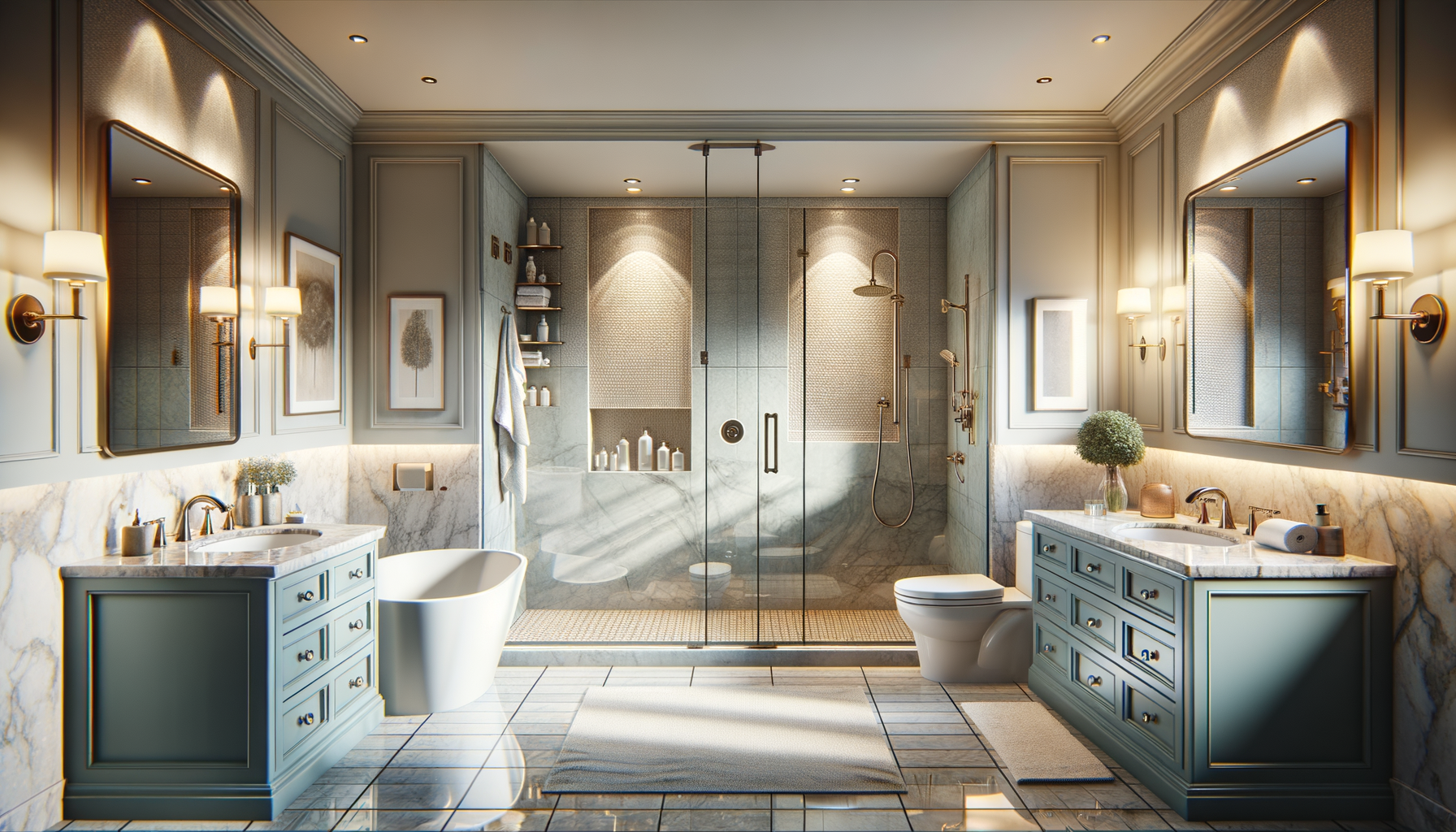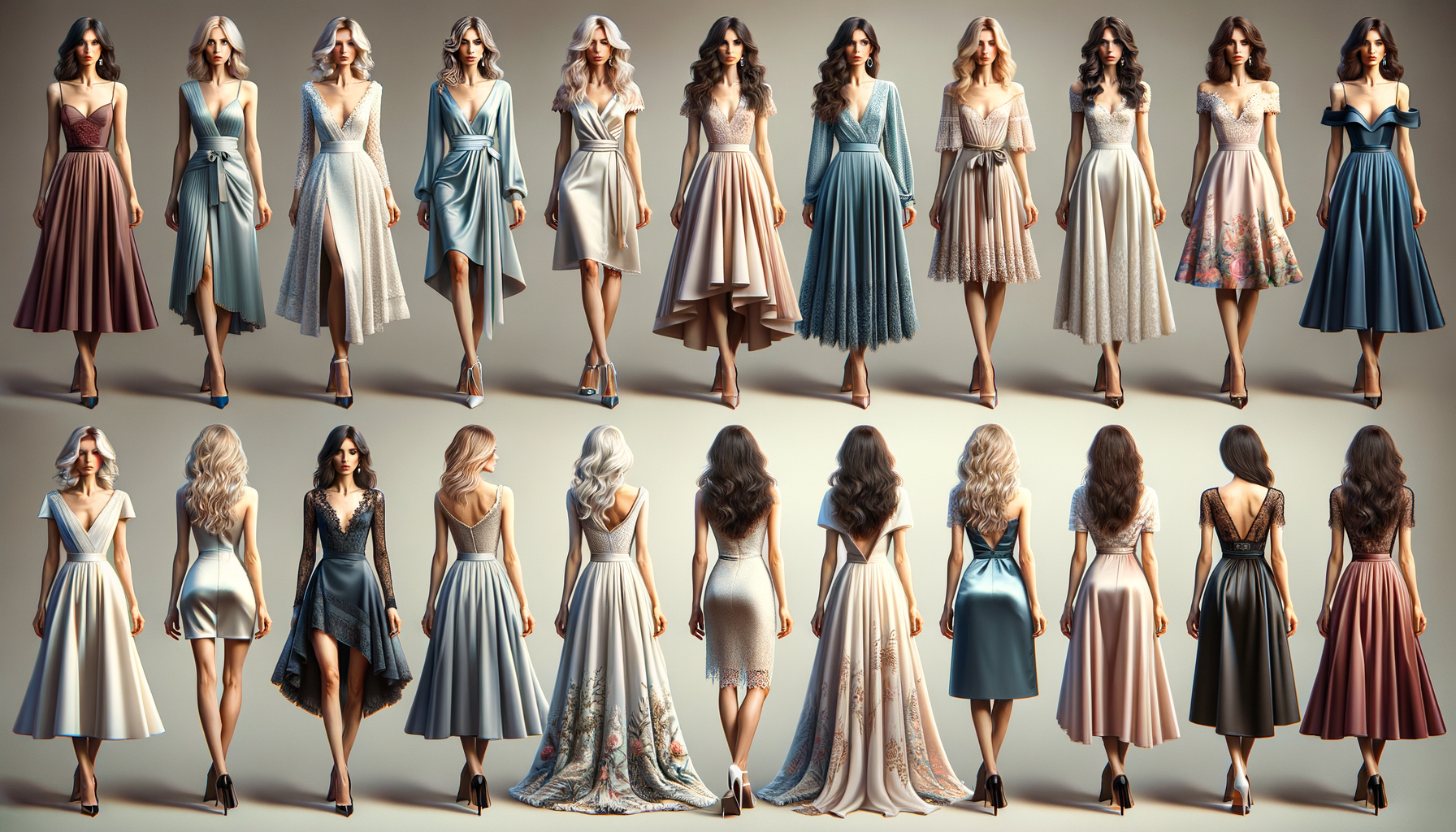Understanding the Basics of Bathroom Design
When it comes to bathroom remodeling, understanding the fundamentals of design is crucial. A well-designed bathroom not only enhances the aesthetic appeal of your home but also improves functionality and comfort. Start by assessing the current layout and identifying any issues you may have, such as inadequate storage or poor lighting. Consider the space available and how you can optimize it. For instance, installing a corner sink can free up floor space, while a wall-mounted toilet can create a sleek, modern look.
Moreover, think about the style you wish to achieve. Whether you prefer a rustic, traditional, or contemporary design, ensure that it aligns with the overall theme of your home. Choosing the right color palette is essential, as it sets the mood of the room. Light colors can make a small bathroom feel more spacious, while darker shades add a touch of luxury. Additionally, don’t overlook the importance of ventilation. Proper ventilation prevents mold and mildew, ensuring your bathroom remains fresh and clean.
Key elements to consider include:
- Layout and space optimization
- Style and color scheme
- Lighting and ventilation
- Storage solutions
By addressing these aspects, you can create a bathroom that is both functional and visually appealing.
Choosing the Right Materials and Fixtures
The materials and fixtures you select for your bathroom remodel play a significant role in the final outcome. Durability and water resistance are key factors to consider, given the bathroom’s exposure to moisture. For flooring, options like ceramic or porcelain tiles are popular due to their durability and ease of maintenance. If you prefer a more natural look, stone tiles offer exceptional quality and aesthetic appeal, though they may require more upkeep.
When it comes to fixtures, the choices are vast. From faucets to showerheads, selecting high-quality fixtures ensures longevity and performance. Opt for water-saving models to reduce your environmental impact and lower utility bills. In terms of bathtubs and showers, consider your lifestyle needs. A freestanding tub can be a stunning focal point, while a walk-in shower offers convenience and accessibility.
Consider these factors when choosing materials and fixtures:
- Durability and water resistance
- Maintenance and cleaning
- Water efficiency
- Style and compatibility with existing decor
By carefully selecting materials and fixtures, you can ensure your bathroom remodel is both practical and stylish.
Maximizing Storage and Organization
A well-organized bathroom is essential for maintaining a clutter-free space. Maximizing storage is key, especially in smaller bathrooms where space is limited. Consider installing built-in shelves or cabinets to utilize vertical space effectively. Floating shelves can add a modern touch while providing additional storage for toiletries and decorative items.
Another option is to incorporate multifunctional furniture, such as a vanity with drawers or a mirrored cabinet. These pieces not only provide storage but also enhance the overall design. For an eco-friendly approach, consider using recycled materials for shelving and storage units.
Here are some tips for maximizing storage:
- Use vertical space with shelves and cabinets
- Incorporate multifunctional furniture
- Opt for recessed storage to save space
- Utilize baskets and organizers for small items
By implementing these strategies, you can create a bathroom that is both organized and aesthetically pleasing.
Lighting and Ambiance: Setting the Mood
Lighting is a crucial element in bathroom design, as it affects both functionality and ambiance. A well-lit bathroom enhances visibility while creating a welcoming atmosphere. Consider layering different types of lighting to achieve the desired effect. Task lighting, such as vanity lights, is essential for activities like shaving or applying makeup. Ambient lighting, on the other hand, provides overall illumination and sets the mood.
For a touch of luxury, consider incorporating accent lighting. This can highlight architectural features or create a relaxing environment. LED lights are an energy-efficient option that can be used in various applications, from under-cabinet lighting to backlit mirrors.
When planning your bathroom lighting, consider the following:
- Task lighting for practical use
- Ambient lighting for overall illumination
- Accent lighting for added luxury
- Energy-efficient options like LED lights
By carefully planning your lighting, you can create a bathroom that is both functional and inviting.
Budgeting and Planning for Your Bathroom Remodel
Embarking on a bathroom remodel requires careful budgeting and planning. Start by setting a realistic budget that accounts for all aspects of the project, including materials, labor, and any unforeseen expenses. Research costs for different materials and fixtures to ensure you stay within your budget.
Creating a detailed plan is essential for a successful remodel. Outline each step of the process, from demolition to installation, and establish a timeline. This will help you stay organized and ensure the project progresses smoothly.
Consider these tips for effective budgeting and planning:
- Set a realistic budget and stick to it
- Research costs for materials and fixtures
- Create a detailed plan and timeline
- Allow for flexibility in case of unexpected expenses
By carefully budgeting and planning, you can achieve a successful bathroom remodel that meets your needs and enhances your home.




Leave a Reply